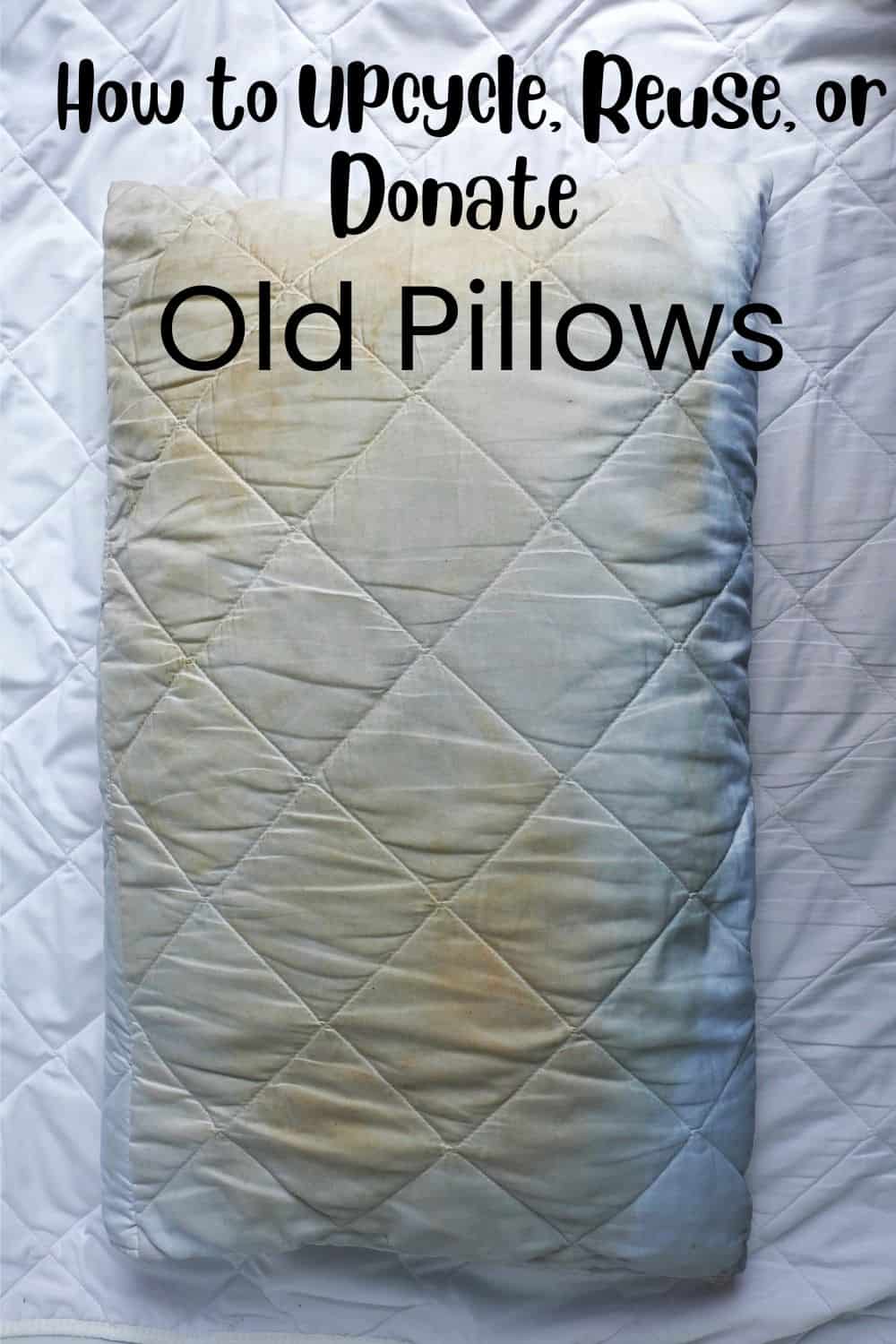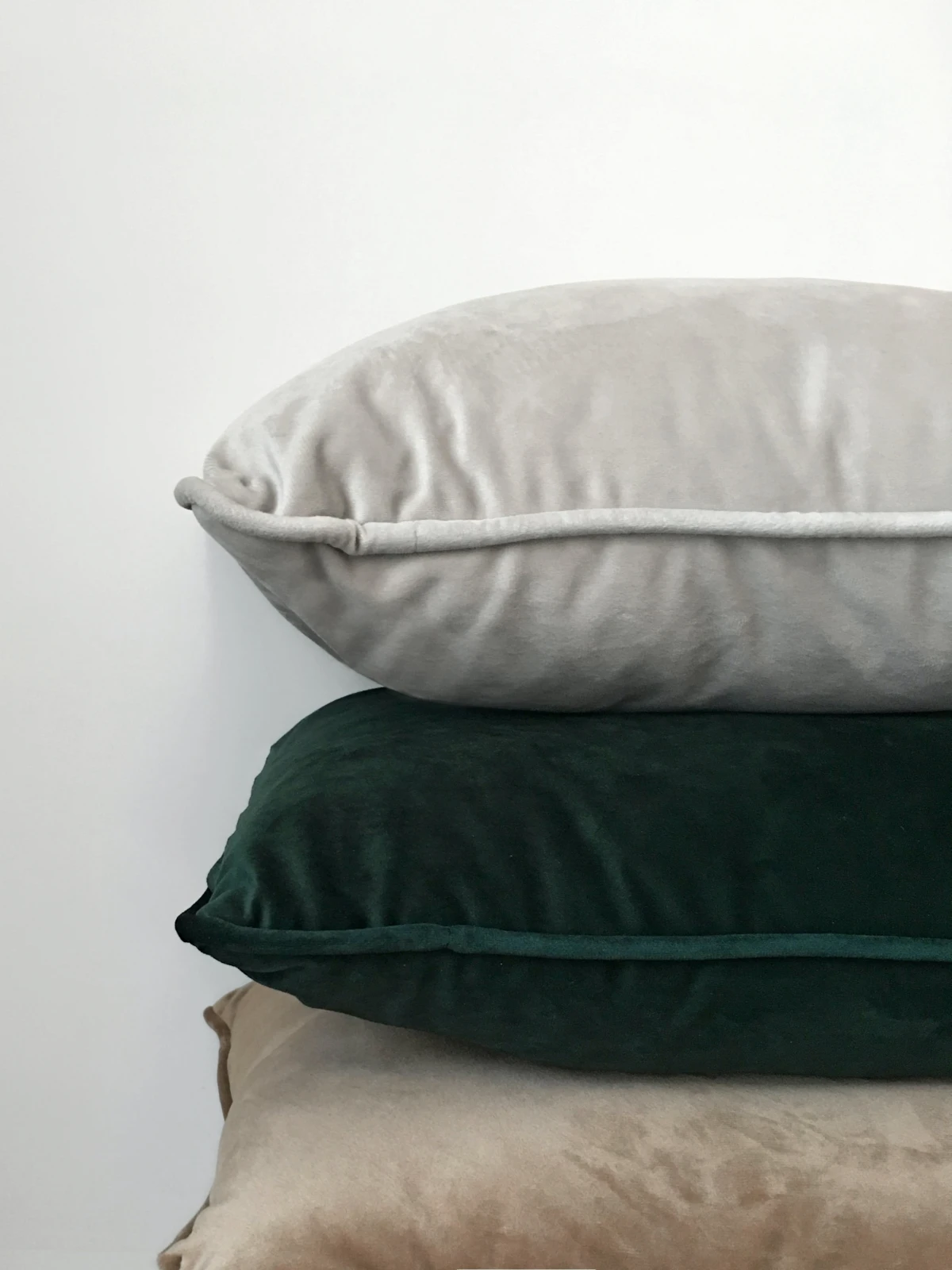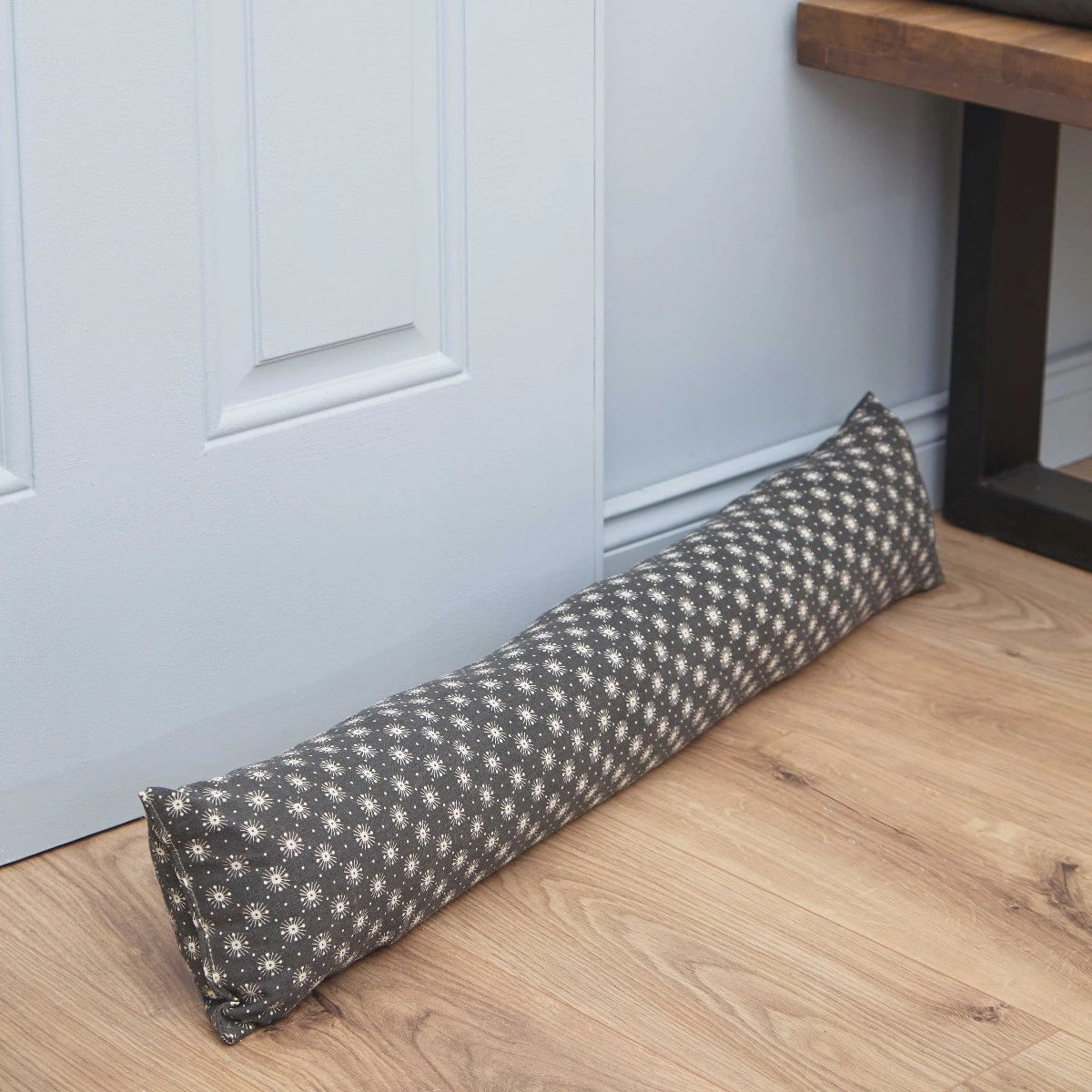What To Do With Old Pillow

Imagine the scene: a sun-drenched Saturday morning, you're finally tackling that spring cleaning list. You pull back the covers, and there it is – your faithful, albeit slightly lumpy, pillow. It's been with you through thick and thin, countless late-night reads, and maybe even a few tearful moments. But now, its days of head-cradling glory are clearly over. What do you do with it?
The question of what to do with old pillows is more pressing than many realize, touching on environmental concerns, hygiene, and even community welfare. This article explores creative and responsible ways to dispose of or repurpose those well-loved, but past-their-prime, sleep companions. We'll delve into options ranging from textile recycling programs to DIY projects that can give your old pillows a new lease on life.
The Soiled Truth: Why Pillows Don't Last Forever
Pillows, unfortunately, aren't designed for eternity. Over time, they accumulate dust mites, dead skin cells, and body oils – a rather unpleasant cocktail. This build-up doesn't just affect hygiene; it impacts the pillow's structure and support, leading to neck pain and restless nights.
According to the National Sleep Foundation, you should replace your pillows every 1 to 2 years. But, what happens to all those discarded pillows?
Many end up in landfills, contributing to textile waste, a growing environmental problem. The Environmental Protection Agency (EPA) estimates that textile waste accounts for nearly 5% of all landfill space.
Beyond the Landfill: Recycling and Repurposing
Fortunately, sending your old pillows to a landfill doesn’t have to be the default option. A growing number of organizations are working to reduce textile waste through recycling and repurposing initiatives.
Textile Recycling Programs
One avenue is textile recycling. Organizations like USAgain and Planet Aid accept textiles, including pillows, for recycling. These programs often have drop-off bins in various locations, making it convenient to donate your unwanted items.
These organizations often sort the collected materials, with some being reused as clothing or other textile products and others being broken down into raw fibers for new applications. It’s best to check with your local recycling programs to see if they accept pillows, as policies can vary by location.
Before donating, ensure that your pillows are reasonably clean. Heavily soiled or stained pillows may not be accepted.
Animal Shelters: A Comforting Donation
Animal shelters are often in desperate need of soft bedding for their furry residents. Old pillows can provide comfort and warmth to animals awaiting their forever homes. Many shelters happily accept donations of gently used pillows, providing a much-needed resource for their care.
Before donating, contact your local animal shelter to inquire about their specific needs and requirements. They may have specific guidelines about the types of pillows they can accept or cleaning protocols they require.
A quick wash can make a big difference, ensuring that your donation is as hygienic and helpful as possible.
DIY Projects: Unleashing Your Creativity
For the creatively inclined, old pillows can be transformed into a variety of useful and decorative items. The filling can be used to create new cushions, pet beds, or even draft stoppers for doors and windows.
Consider deconstructing the pillow and using the filling to stuff homemade toys or crafts. The outer fabric can also be repurposed for quilting or other sewing projects.
The possibilities are truly endless, limited only by your imagination and resourcefulness. A simple internet search can yield a wealth of DIY project ideas, offering a sustainable and satisfying way to give your old pillows a new purpose.
Composting: For Natural Fillings Only
If your pillow is filled with natural materials like cotton, wool, or feathers, composting might be an option. These materials are biodegradable and can break down over time, enriching your garden soil.
However, it's crucial to ensure that the pillow only contains natural fillings. Synthetic materials like polyester will not decompose and should not be composted.
Before composting, remove the outer fabric and tear the filling into smaller pieces to facilitate decomposition. Mix the material with other compostable items like leaves and yard waste, and turn the pile regularly to aerate it.
When Disposal is the Only Option
In some cases, recycling or repurposing may not be feasible. If your pillow is heavily soiled, damaged, or made of non-recyclable materials, disposal may be the only option.
Before tossing it in the trash, consider contacting your local waste management department to inquire about any specific guidelines for disposing of textiles. Some municipalities may have designated collection days for bulky items or textile waste.
Even if disposal is the only choice, you can still make a conscious effort to reduce your overall waste by choosing pillows made from sustainable materials in the future.
Making Conscious Choices: Buying for Longevity
The best way to minimize pillow waste is to choose high-quality, durable pillows that will last longer. Invest in pillows made from natural materials like organic cotton or down, which are not only more comfortable but also more environmentally friendly.
Consider using pillow protectors to extend the life of your pillows. Pillow protectors act as a barrier against dust mites, stains, and body oils, helping to keep your pillows clean and fresh for longer.
Regularly washing your pillows can also help to maintain their hygiene and prolong their lifespan. Follow the manufacturer's instructions for washing and drying, and be sure to use a mild detergent.
A Final Thought: Small Actions, Big Impact
The seemingly small act of deciding what to do with an old pillow can have a ripple effect, contributing to a more sustainable and compassionate world. By choosing to recycle, repurpose, or donate your old pillows, you're not just decluttering your home; you're actively participating in efforts to reduce waste, support animal welfare, and promote creativity.
Each small action, multiplied across communities, can make a significant difference in preserving our planet and improving the lives of others. So, the next time you find yourself face-to-face with that lumpy, love-worn pillow, remember the myriad of options available and choose the one that best aligns with your values and contributes to a more sustainable future. It's a chance to turn an end into a new beginning, one pillow at a time.

:max_bytes(150000):strip_icc()/SPR-what-to-do-with-old-pillows-8769965-hero-159ef66205844099a91c29a230da7cb7.jpg)












:max_bytes(150000):strip_icc()/SPR-what-to-do-with-old-pillows-8769965-03-6df2d21c24c1446f9d0e2b0d800054cc.jpg)



